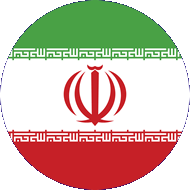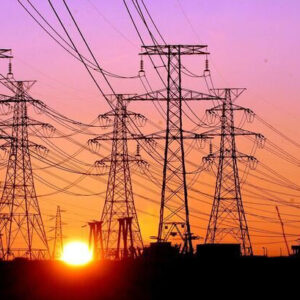Managing director of Iran’s Power Generation, Distribution, and Transmission Company (known as Tavanir) has said 2,000 megawatts (MW) of power plants built by the country’s major industries are going to go operational by the end of the next Iranian calendar year (late March 2025).
Mostafa Rajabi Mashhadi said the industrial sector has so far built power plants with a total capacity of 850 MW across the country to meet their electricity needs during the summer’s peak consumption period, IRNA reported.
According to the new Tavanir head, the government has set a goal to also increase the capacity of the country’s thermal power plants by 10,000 MW by the end of the current government incumbency (August 2025) of which so far 8,500 MW has been realized.
The official noted that the country’s electricity consumption increases by four to five megawatts each year that is one percent annually, and to meet this increasing demand every year the capacity of the country’s power plants should increase by 5,000 MW.
In July 2021, the Iranian Industry, Mining, and Trade Ministry signed a memorandum of understanding (MOU) with the Energy Ministry for constructing power plants for big industries.
Later in November of that year, Energy Minister Ali-Akbar Mehrabian announced that the construction of 10,000 MW capacity power plants was started by various industrial sectors, saying: “Four major industries have started their work in the field of power plant construction. Based on the contract concluded with these industries, the said industries will not be provided with electricity from the national grid if they cannot deliver the power plants based on the specified schedule.”
The first power plant unit constructed by the Iranian industrial sector went operational in Semnan Province in August 2022.
Over the past decade, constant temperature rises and the significant decrease in rainfalls across Iran have put the country in a hard situation regarding electricity supply during peak consumption periods.
In this regard, the Energy Ministry has been following new programs to meet the country’s power demand during peak periods and to prevent outages.
Constructing new units in the country’s power plants and also building new power plants for major industries are among the mentioned programs that are being pursued seriously by the ministry in collaboration with other related government entities.




